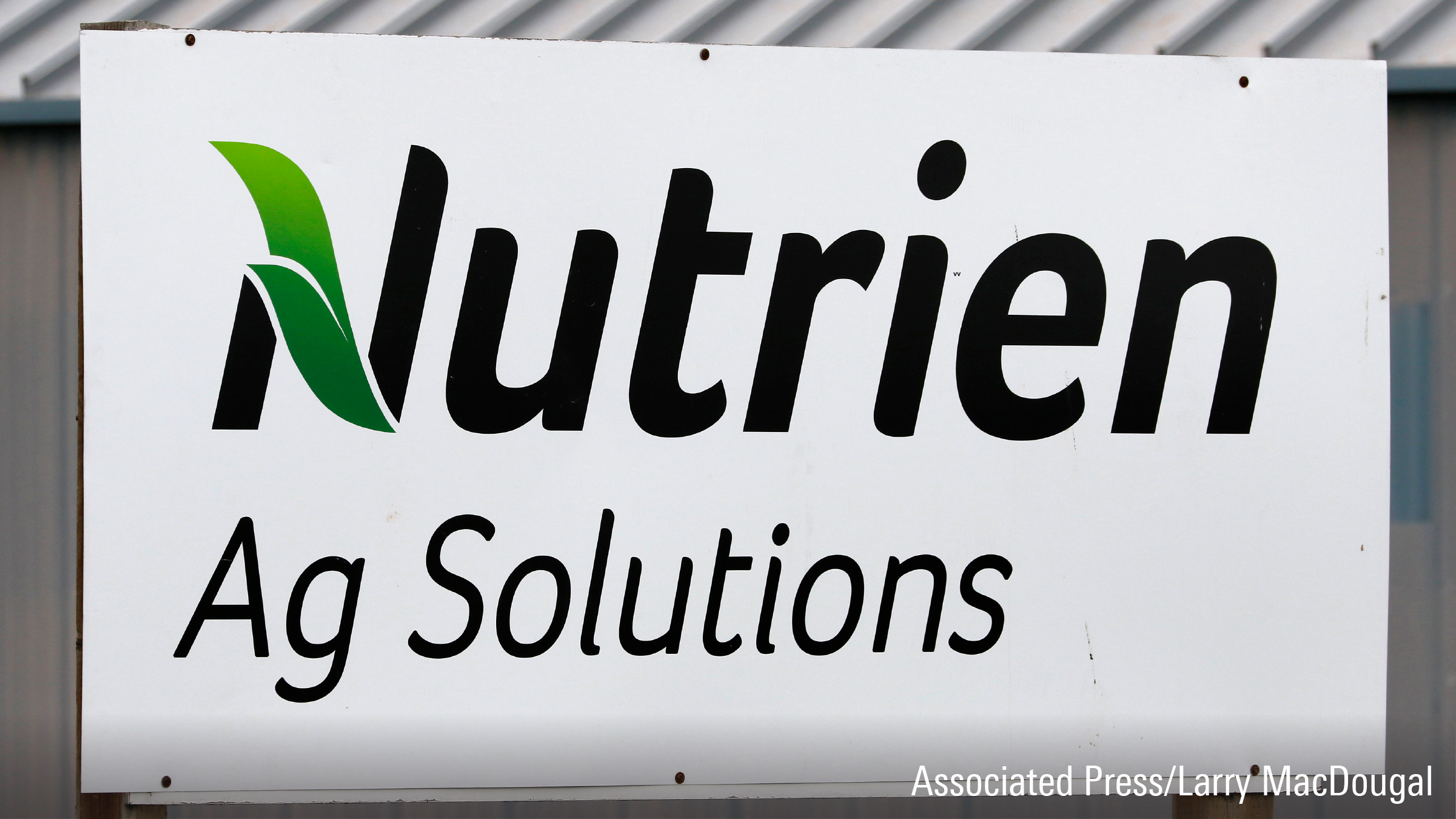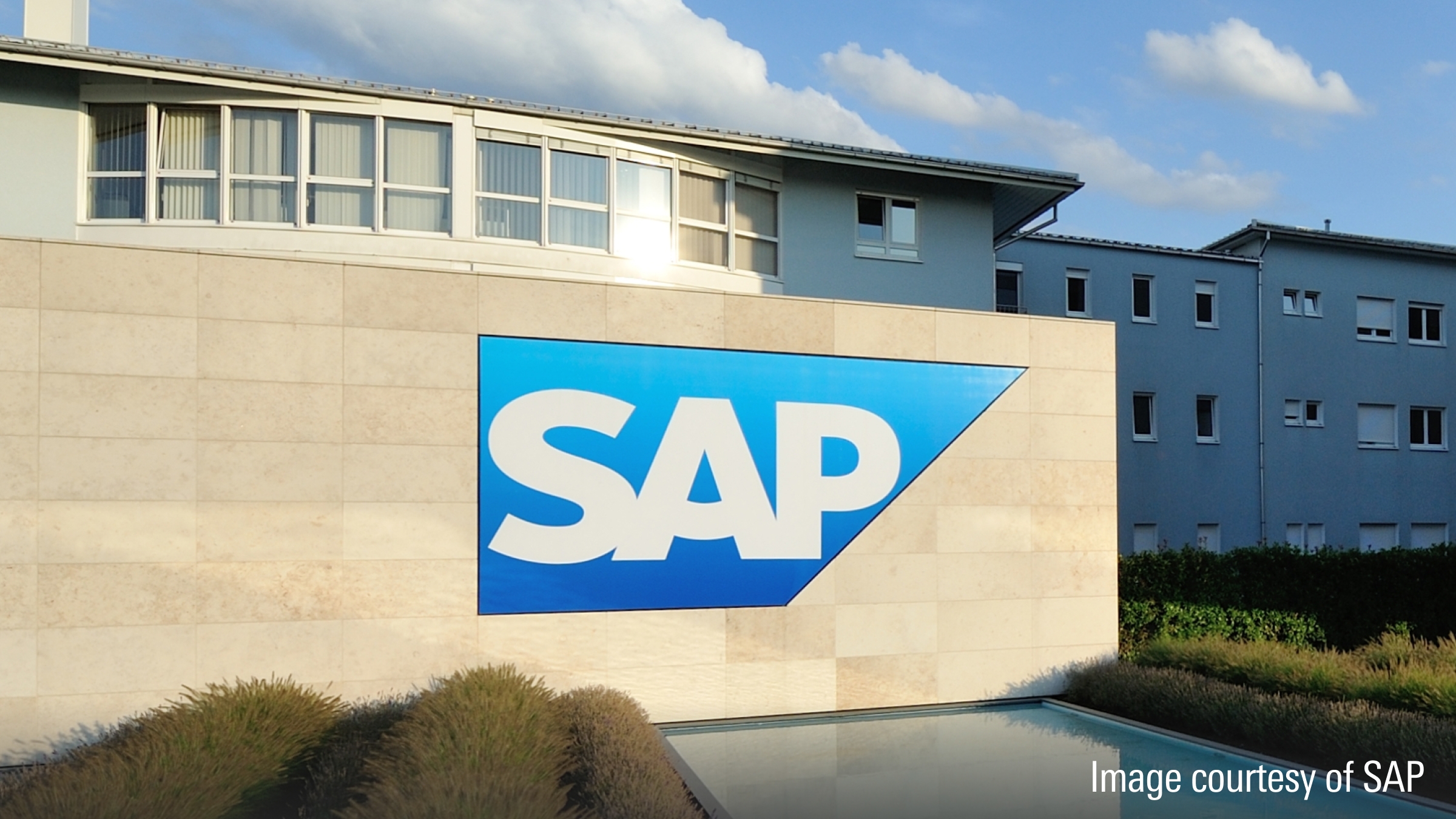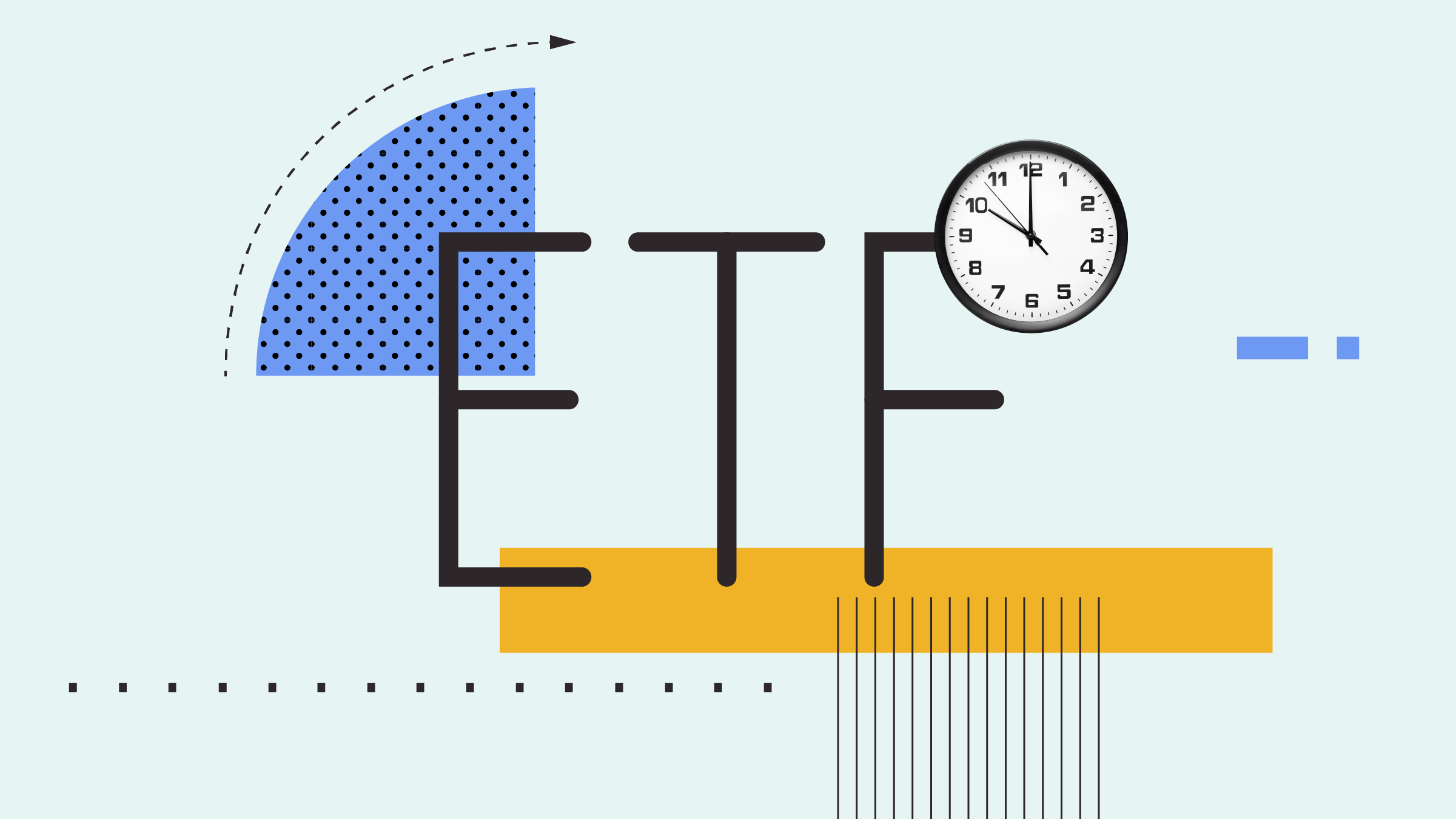 When it comes to the education of a child (and anything else involving a financial goal), you should start with a plan.
When it comes to the education of a child (and anything else involving a financial goal), you should start with a plan.
The Registered Education Savings Plan, or RESP, is a government-sponsored path to post-secondary education. You can use an RESP to start saving for a child from the day they’re born.
Tax-Advantaged Tuition Time Capsule (and Cash)
“There are so many benefits with an RESP,” says Annie Kvick, CFP with Money Coaches Canada in Vancouver. For starters, free money! The federal government adds to your RESP savings each year through the Canada Education Savings Grant, by matching 20% of any RESP contributions, up to $500/year – the lifetime maximum is $7,200 of grant per child.
The money you contribute can be invested in things like stocks, ETFs or mutual funds, to grow tax-deferred. “While the grants are the biggest benefit, tax-deferred growth until withdrawal is also quite valuable,” adds Chris Ferris, CFP with Ryan Lamontagne Inc. in Ottawa. He points out that the RESP is taxed in the hands of the child. “By shifting the tax burden from the contributor to the child, who likely has very low income and tuition credits to offset any tax owing, the tax will likely be little or nothing,” adds Ferris.
You won’t be able to deduct your contributions on your income at tax time as you would with an RRSP, but you’ll get the foundations of a path to ensuring that the child has solid financial support waiting for them.
Anyone Can Contribute
A family member, relative, or even just a generous friend can open an RESP. It can be self-directed or actively managed, similar to other registered accounts. You can also have more than one RESP – but mindful of the contribution rules. You should start soon if you can.
“Starting early is essential not only because of the benefits of compounding but also to maximize the value of the incentives provided by the government,” says Chris Ferris, CFP with Ontario-based Ryan Lamontagne. “You can’t wait until the day before your child goes off to school to make one large contribution and catch up on 18 years of matching grants. The best way to get the most out of the RESP program is to contribute early and consistently.”
Your plan should also include a schedule for your contributions –building in a little flexibility is key. “You can change and adjust your savings amount and frequency so if you can only start small, increase if and when your income goes up or other child-related expenses (like daycare costs) go down,” Kvick says.
Be mindful of what goes into it as well, as a portfolio designed for a child’s tuition and living costs can look very different than a retirement fund, and it’s well worth seeking advice if you have questions. “Make sure you diversify the child’s RESP and adjust the asset mix (and be more conservative) as the child gets closer to needing the money,” suggests Kvick.
Withdrawing and What to Watch Out For
The planning and adjustments may not end when the child eventually enrolls in school. “There are strict rules when you take the money out so make sure you know your plan’s withdrawal rules before you start the plan,” cautions Kvick.
For example, in the first 13 weeks of schooling, only $5,000 can be withdrawn from the money that makes up the Canada Education Savings Grant and any investment gains (also known as the Education Assistant Payments, or EAPs. Other strict rules suggest the importance of consulting with a fee-for-service advisor when planning each end of the RESP.
What If They Don't Want to Study?
Thankfully, the rules aren’t harsh enough to discourage anyone considering an account even if they’re not sure of the child’s future educational choices. “It's a common misconception that you can’t get your money back out if your child never goes to post-secondary education,” says Ferris. “If that’s the case, you do give up the government grants, but your contributions are refunded and you can even keep the interest earned, after tax.”
Plus, you have time. “The RESP accounts can stay open for 36 years - you can wait a while to see if they change their mind,” suggests Kvick. “If you are sure the beneficiary will not be using the money in the future, you can transfer the money from one RESP to another (some rules apply) or to an RSP if you have room (up to $50,000 in accumulated earnings to an RRSP).”
The flexibility and guidance provided by RESPs can easily make up for the restrictions. “Family RESPs are a great planning tool that facilitates allocating funds between siblings,” adds Ferris. “They may be useful in cases where the expenses are not balanced between your children, for example, if one of them pursues a four-year program in another city, and the other lives at home while studying in a three-year program.”
And the many paths available under RESPs can lead to additional grants and bonds depending on your situation. “Check if you’re eligible for other government grants and bonds to help you build your RESP savings. How much of a grant you can receive depends on your family’s taxable income,” says Kvick. “There are also provincial grants (BC. Quebec, Saskatchewan etc.) and other incentives to look into.”



















